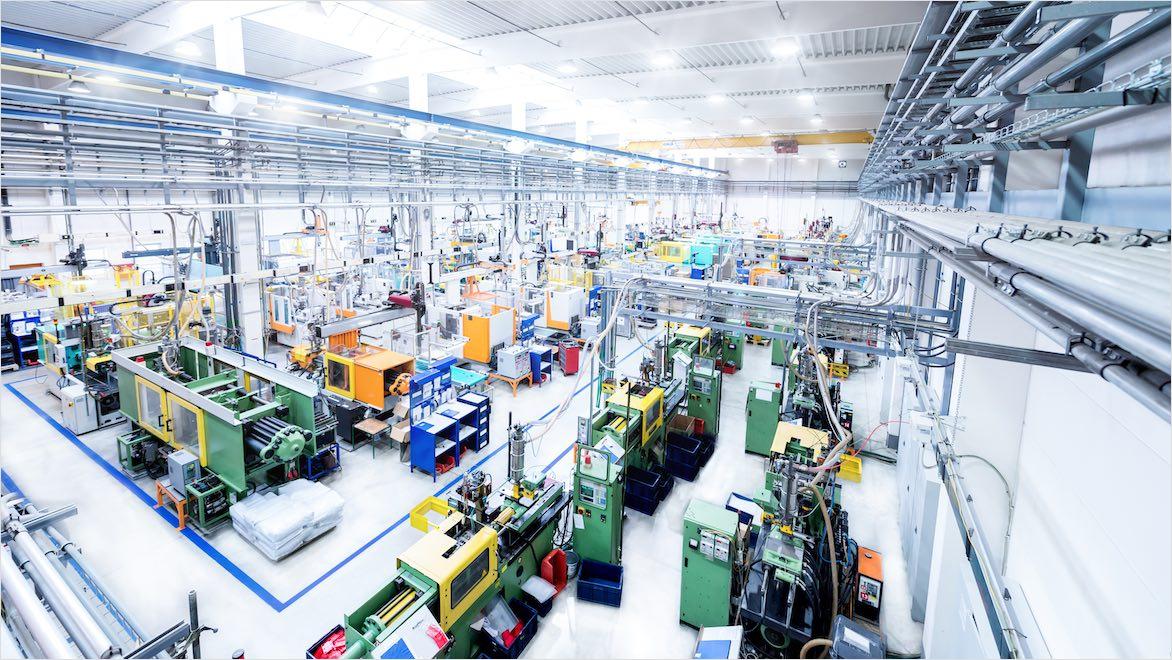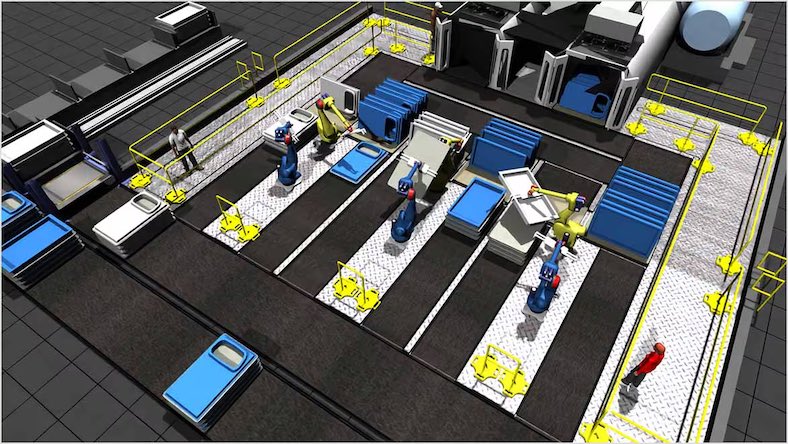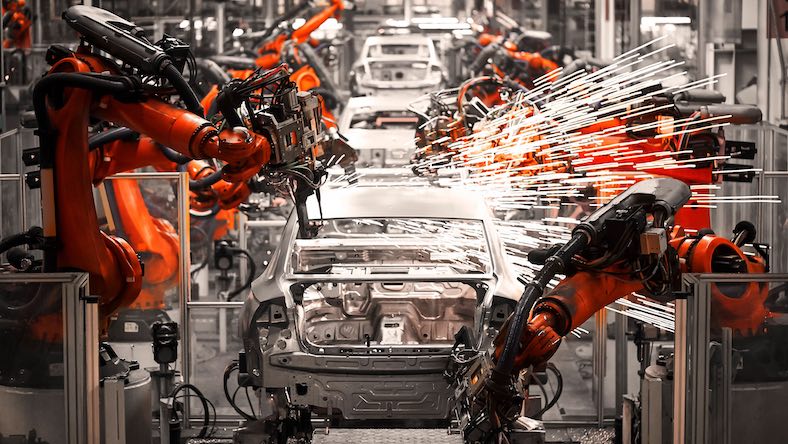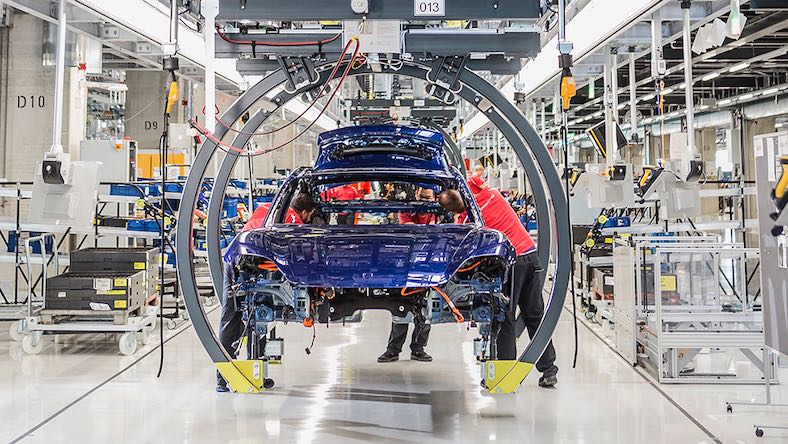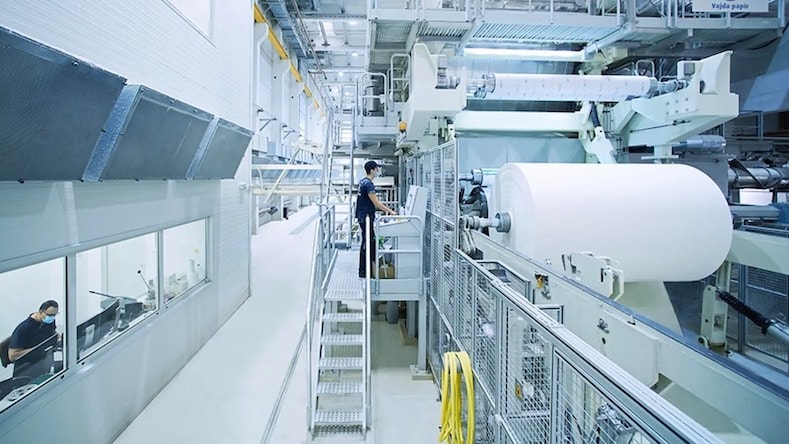While industrial engineering is commonly known for optimizing assembly lines, the discipline applies comprehensively across all industrial systems, such as logistics and operations, always with the goal of increasing overall efficiency.
In manufacturing and production environments, industrial engineers utilize data from machines and the Industrial Internet of Things (IIoT) at the component level to identify and rectify inefficiencies within assembly processes. This involves analyzing real-time data to optimize machine performance and interactions while also considering workforce ergonomics and safety. By harnessing this detailed data, engineers can achieve the core objectives of industrial engineering: enhancing process efficiency, anticipating maintenance needs, and improving overall productivity—all of which reduce lifecycle costs.
For logistics and supply chain management, industrial systems engineering can enhance the flow of inventory management to balance costs with demand forecasts, warehouse design that balances available space with handling time, and logistics related to transportation and distribution. Industrial engineers can design the supply chain for smooth procedures and resilience to disruptions, using manufacturing execution system (MES) software like Autodesk Fusion Operations to gain visibility and control over supply chain data.
Industrial systems engineering utilizes engineering principles drawing on physics, math, and even social sciences to inform decision making over the interconnected workings of industry: equipment, facilities, materials, energy, finances, and the workforce. Given these complexities, algorithms and machine learning from industrial engineering software can find automation opportunities—not just in assembly processes, but also in areas like scheduling and analyzing financial data.

